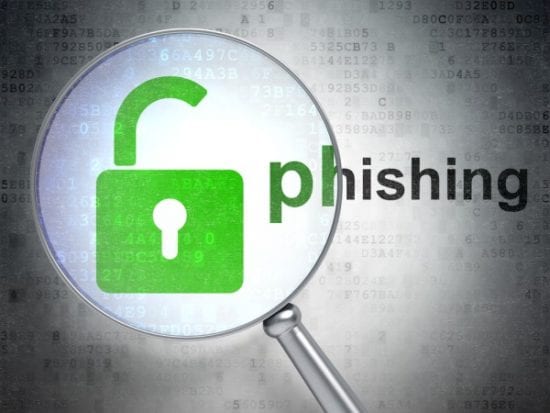Bleeping Computer recently published an article titled “World Health Organisation Warns of Coronavirus Phishing Attacks”. More details below:
The World Health Organisation (WHO) warns of ongoing Coronavirus-themed phishing attacks that impersonate the organisation with the end goal of stealing information and delivering malware. “Criminals are disguising themselves as WHO to steal money or sensitive information,” the United Nations agency says in the Coronavirus scam alert. “WHO is aware of suspicious email messages attempting to take advantage of the 2019 novel coronavirus emergency.” The phishing messages are camouflaged to appear as being sent by WHO officials and ask the targets to share sensitive info like usernames and passwords, redirect them to a phishing landing page via malicious links embedded in the emails, or ask them to open malicious attachments containing malware payloads.
The opinions expressed in this post belongs to the individual contributors and do not necessarily reflect the views of Information Security Buzz.



